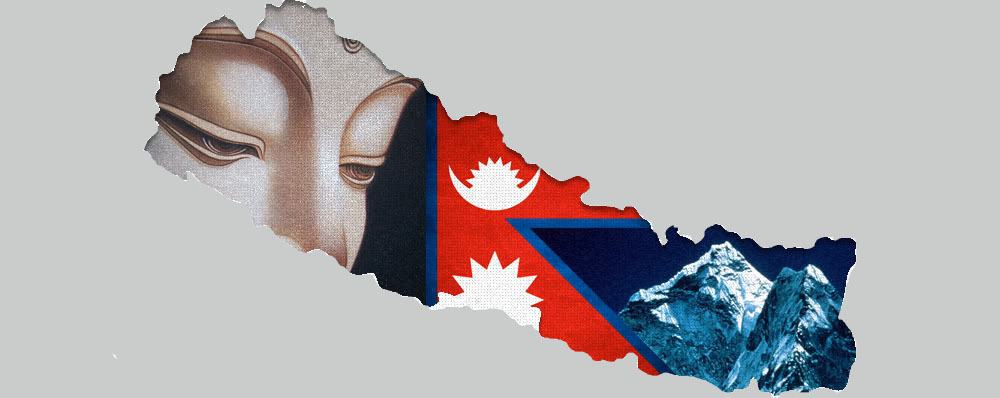Nepal at a Glance
Nepal, the land of Buddha and the world’s tallest peak Mt. Everest (also known as ‘Sagarmaatha’ in the national language- Nepaleese), is a small country of 26 million people, 86% of whom live in rural areas. Nepal shares its northern border with the Tibet Autonomous Region of China, and its other borders with India. Despite its position between the planet’s two most populous countries, Nepal has maintained a unique culture. It is the home of a multitude of distinct ethnic groups, each with its own rich traditions.
One third of the Great Himalayan Range lies in Nepal, and eight of the ten highest mountains on Earth are in Nepal or on its border. The mountainous area of Nepal is known throughout the world for spectacular trekking. On the other extreme, the plain in the south of the country known as the Terai is flat and subtropical. Kathmandu, the bustling capital city, has a profusion of ancient temples, and the presence of Hinduism and Buddhism is felt on every street.
The state of health care in Nepal
The recent termination of the conflict that plagued Nepal for a decade has brought new hope for the Nepali people. However, Nepal is still one of the most impoverished countries in the world. More than half of its people live below the poverty line, and one out of ten suffer from a disability. The state of health care in Nepal is abysmal; millions of Nepalis do not have reasonable access to adequate health services. The disparity in health status between urban and rural populations is particularly shocking. The infant mortality rate is 13.2% in rural Nepal, compared to 6% in urban Nepal. Many of the rural government health posts lack basic equipment, and some have not been staffed for years. Inhabitants of the large regions that are not accessible by road may have to walk for days in order to receive treatment from a doctor.
A fundamental cause of the appalling state of medical care in rural Nepal is the reluctance of doctors to work in remote communities. Rural areas of Nepal have one doctor for every 150 000 people, compared to one for every 850 people in the Kathmandu valley. Most of the doctors who accept positions at rural health care facilities leave these jobs prematurely. Although several new medical schools have recently opened in Nepal, they have not taken up the challenge of encouraging students to improve the plight of the rural population. Of the more than 1000 doctors produced in Nepal each year, between 40 and 50% leave the country soon after graduation in search of greener pastures.
